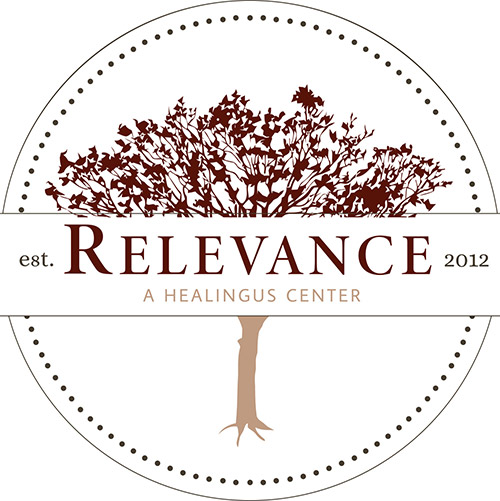Habit vs Addiction: Understanding the Difference

Ever wonder why you can’t stop checking your phone or find yourself mindlessly snacking when you’re not even hungry? The line between habit and addiction can be blurry, but understanding the difference is crucial to gaining control over your behavior. Are your habits slowly turning into an addiction? It’s crucial to understand what’s happening. Support […]
How much can we blame our genes for addictive behavior?
The Oscar-nominated actor Robert Downey Jr., star of countless films including Chaplin, the Iron Man series, Tropic Thunder and Zodiac, started making movies when he was just five years old. He’s also famous for his descent into drug addiction, which he says started even earlier than age five. Downey has told a number of interviewers that he believes he has an addictive personality, […]
What is Buprenorphine?

Buprenorphine is a prescription opioid used to treat opiate addiction, and prescribed under its brand name, Subutex or Suboxone, among others. This drug is an opioid partial antagonist, meaning that it produces an effect similar to narcotic opioids without getting the user high. Buprenorphine essentially tricks the brain into thinking that addictive chemical substances like […]
What is tramadol?
Potent and Fast-Acting Tramadol is considered a fast-acting painkiller, meaning the effects take hold rather quickly – generally within 30 minutes to an hour. This is part of the reason why the medication is used to treat short-term pain, like the pain that results from a surgical procedure or the pain that sets in after […]
Individuality in Addiction Treatment
As a child, most of us were given a choice of a variety of toys to play with. Some just for play, others to help us develop certain skills. They would help us develop our hand-eye coordination, our understanding of colors and numbers, and even a basic working understanding of shapes. As we grew older, […]
